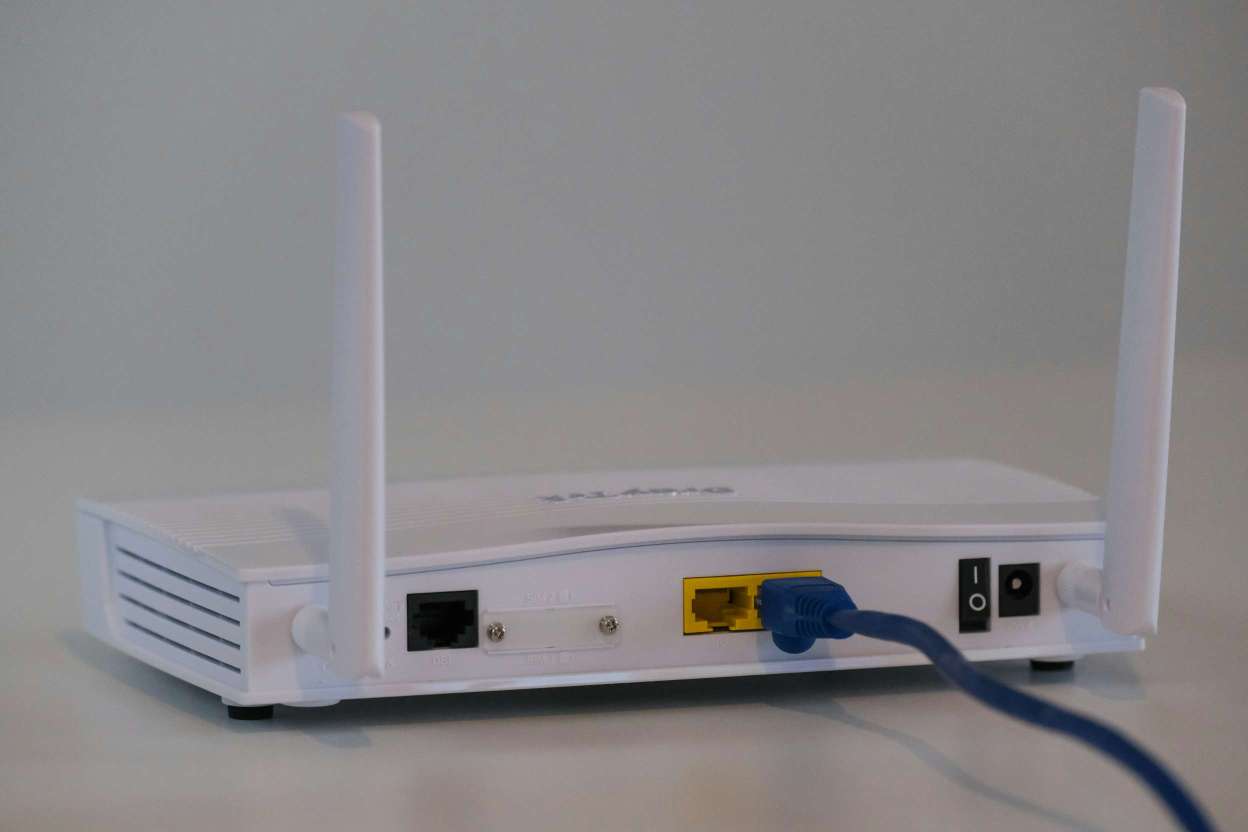
AR in Sports: Enhancing Fan Engagement and Performance Analysis
8 min read
14 Oct 2025
Introduction
Augmented Reality (AR) is transforming the sports industry by enhancing fan engagement and providing advanced tools for performance analysis. From interactive broadcasts to real-time player stats, AR allows fans to experience sports in ways never possible before while giving coaches and athletes innovative tools to improve training and strategy.
AR in Fan Engagement
AR has revolutionized how fans interact with sports events. Through mobile apps and AR-enabled stadium experiences, fans can access player statistics, live replays, and interactive graphics during games. AR-powered apps also allow fans to visualize plays, understand strategies, and even participate in virtual competitions or games.
Benefits for Fans
- Real-time access to player stats and game analytics
- Interactive stadium experiences with AR overlays
- Immersive broadcasts for remote viewers
- Virtual merchandise try-ons and interactive marketing campaigns
- Enhanced understanding of game strategies through visualizations
AR in Athlete Performance Analysis
Coaches and athletes are leveraging AR to analyze performance in unprecedented detail. AR tools overlay metrics such as speed, trajectory, and biomechanics onto real-world practice sessions or game footage. This allows athletes to adjust techniques, refine strategies, and optimize training based on visualized data.
Applications Across Sports
AR technology is being adopted across multiple sports: **Football: Tactical overlays for play review and fan engagement **Basketball: Shot trajectory analysis and interactive fan experiences **Tennis: Serve speed and angle visualization for coaching **Motorsports: Real-time telemetry and track visualizations for fans and teams **Soccer: AR apps showing player positions, passing patterns, and statistics
Enhancing Training and Safety
AR assists athletes in training by providing visual cues during practice, helping reduce injury risk and improve skill acquisition. Virtual simulations of game scenarios can prepare athletes mentally and physically without exposing them to real-world hazards.
AR and Broadcasting
Sports broadcasters are integrating AR into live streams to enhance viewer experiences. Visual effects, statistics, and instant replays displayed with AR overlays make games more engaging. Fans at home can access AR features through mobile devices, smart TVs, and dedicated apps, bridging the gap between stadium and living room experiences.

Challenges of Implementing AR in Sports
- High development costs for AR apps and systems
- Technical challenges for real-time AR data processing
- Ensuring compatibility across multiple devices and platforms
- Training staff and athletes to effectively use AR tools
- Balancing fan engagement features with accurate performance analytics
The Future of AR in Sports
As AR technology continues to evolve, its applications in sports will expand. AI-powered AR systems may provide personalized coaching feedback, predictive analytics for gameplay strategies, and highly immersive fan experiences, including virtual stadium tours, holographic replays, and interactive merchandise displays. The convergence of AR with wearable technology and 5G connectivity will make real-time immersive sports experiences more seamless and accessible globally.
FAQs
How does AR improve fan engagement in sports?
AR improves fan engagement by delivering real-time statistics, immersive graphics, and interactive overlays during matches or broadcasts. Fans can view replays, visualize plays, and access exclusive content directly through apps or smart devices. This interactive experience makes spectators feel more connected, increasing excitement, participation, and loyalty while enhancing overall enjoyment of live sports.
How is AR used in athlete performance analysis?
AR is used in athlete performance analysis by overlaying data like speed, trajectory, and biomechanics onto practice or game footage. Coaches and players gain detailed insights into movements, posture, and efficiency. With this feedback, athletes refine techniques, prevent errors, and optimize strategies, resulting in measurable improvements and better overall athletic performance across different sports.
Which sports benefit most from AR technology?
Sports like football, basketball, tennis, soccer, and motorsports benefit most from AR technology. Fans enjoy enhanced broadcasts with tactical insights, player statistics, and real-time overlays, while athletes use AR for precise performance tracking. The combination improves entertainment for viewers and provides valuable data-driven training opportunities, making these sports early leaders in adopting AR innovations.
Can AR help prevent sports injuries?
Yes, AR helps prevent sports injuries by providing visual cues and feedback during training. It highlights incorrect posture, unsafe movements, or overexertion, enabling athletes to adjust in real-time. By promoting safer practice methods and proper techniques, AR reduces the risk of injuries while enhancing long-term performance, making it a valuable tool in athletic training.
What challenges do sports organizations face in implementing AR?
Sports organizations face challenges like high AR development costs, device compatibility, and real-time data processing demands. Staff training and balancing entertainment features with accurate analytics are also concerns. Effective implementation requires investment in scalable, secure platforms and reliable infrastructure. Overcoming these hurdles ensures AR can enhance performance analysis, fan engagement, and broadcasting experiences.
How is AR changing sports broadcasting?
AR is transforming sports broadcasting by integrating instant replays, real-time statistics, and immersive graphics into live matches. Fans access overlays via apps, smart TVs, or AR glasses, creating interactive experiences. This makes broadcasts more engaging, informative, and visually appealing. By blending entertainment with analytics, AR brings fans closer to the action than ever before.
Will AR become standard in sports stadiums?
Yes, with growing affordability and widespread 5G, AR will likely become standard in stadiums. Fans will enjoy real-time stats, immersive visuals, and interactive features from their seats. Enhanced experiences like guided stadium tours, augmented replays, and AR-powered games will enrich live attendance, making stadium visits more engaging, entertaining, and immersive for sports enthusiasts worldwide.
Can AR be combined with VR for sports experiences?
Yes, AR can combine with VR to create multi-layered sports experiences. Fans might use VR headsets to attend games virtually while AR adds real-time overlays like stats, player details, or replays. This integration blends physical and digital worlds, offering immersive, interactive, and personalized viewing experiences, redefining how audiences connect with live sports globally.
How does AR benefit sports marketing?
AR benefits sports marketing by enabling interactive fan campaigns, virtual merchandise try-ons, and gamified brand experiences. Brands engage audiences through creative AR content during live games or online, boosting loyalty and visibility. By offering memorable, interactive promotions, AR strengthens fan relationships, enhances sponsor exposure, and provides measurable value for both sports organizations and advertisers.
What does the future hold for AR in sports?
The future of AR in sports includes AI-powered coaching tools, predictive performance analytics, holographic replays, and immersive stadium experiences. Fans can expect interactive tours, personalized content, and enhanced engagement during live matches. Athletes will benefit from smarter training technologies. AR will increasingly bridge the gap between sports, technology, and global fan communities everywhere.

The AR Breakthrough That Will Make Blockchain Transactions Simpler Than Ever!
6 min read | 11 Oct 2025
How AI Is Making Blockchain Smarter and Safer – The Inside Scoop!
7 min read | 10 Oct 2025
The Big Tech Twist: How VR Is Set to Disrupt Blockchain Like Never Before!
6 min read | 09 Oct 2025
Unlocking the Power of AR: How Augmented Reality Is Set to Revolutionize Blockchain!
7 min read | 08 Oct 2025More Articles

AI and the Creative Arts: Exploring Machine Generated Music and Art
7 min read | 02 Sep 2025

AI in Education: Personalized Learning and Intelligent Tutoring Systems
5 min read | 01 Sep 2025

The Impact of AI on Employment: Job Displacement vs. Job Creation
6 min read | 31 Aug 2025

Machine Learning in E-commerce: Personalization and Customer Experience
5 min read | 30 Aug 2025
More Articles

Fixed Wireless Access (FWA): The Future of Rural Connectivity
6 min read | 24 Sep 2025

Broadband: The Lifeline of the Digital World
7 min read | 23 Sep 2025

Network Slicing: The Secret to Efficient 5G Networks
6 min read | 22 Sep 2025

Software-Defined Networking (SDN): The Key to Agile Networks
5 min read | 21 Sep 2025
